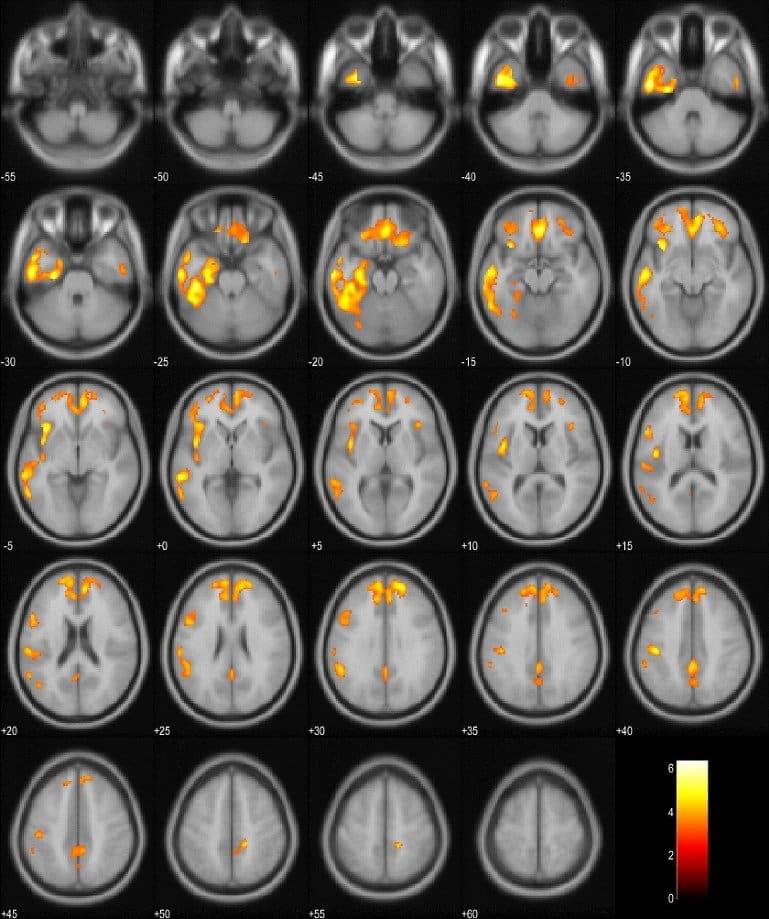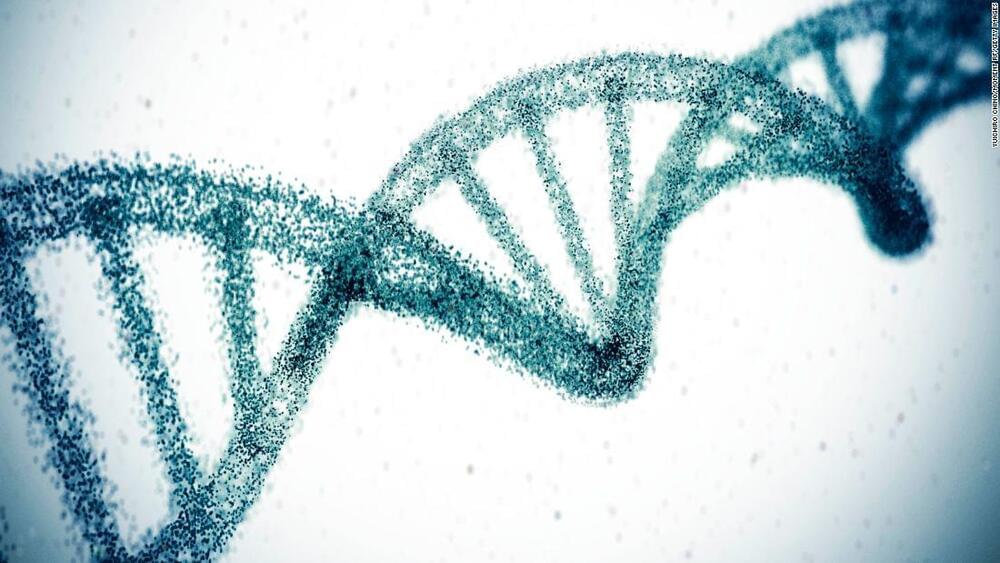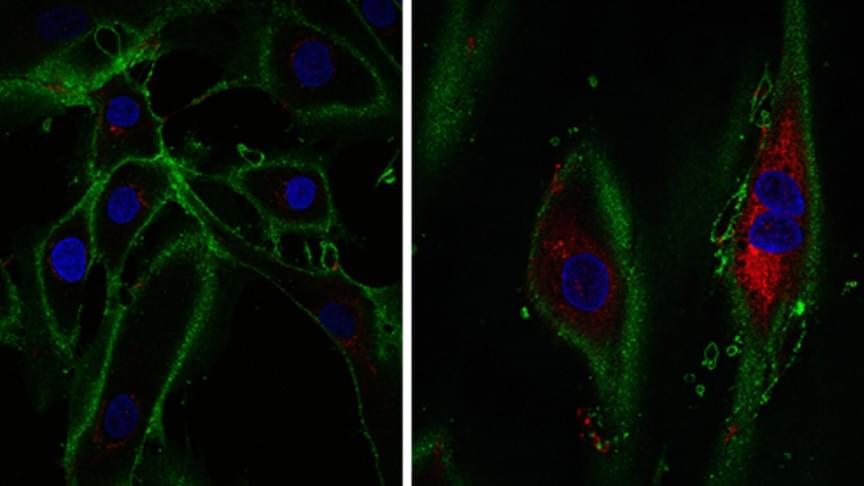Patients who suffer from frontotemporal dementia with extrapyramidal symptoms have brainstem atrophy and reduced metabolic activity in specific brain regions compared to those with FTD without extrapyramidal symptoms.


Patients who suffer from frontotemporal dementia with extrapyramidal symptoms have brainstem atrophy and reduced metabolic activity in specific brain regions compared to those with FTD without extrapyramidal symptoms.

Summary: Patients who suffer from frontotemporal dementia with extrapyramidal symptoms have brainstem atrophy and reduced metabolic activity in specific brain regions compared to those with FTD without extrapyramidal symptoms.
Source: University of Eastern Finland.
Frontotemporal dementia patients with extrapyramidal symptoms have brainstem atrophy and reduced metabolism in certain areas of the brain significantly more often than patients without extrapyramidal symptoms, a new study from the University of Eastern Finland shows. This observation can facilitate differential diagnostics in frontotemporal dementia.
Not a solution, but a positive and interesting step. 2 mins.
Researchers have rejuvenated a 53-year-old woman’s skin cells so they are the equivalent of a 23-year-old’s.
Scientists in Cambridge believe that they can do the same thing with other tissues in the body which could lead to treatments for age-related diseases such as diabetes, heart disease and neurological disorders.
The technology is built on the techniques used to create Dolly the cloned sheep more than 25 years ago.
Please subscribe HERE http://bit.ly/1rbfUog.

A unprecedented global study of Alzheimer’s disease has uncovered an additional 42 genes that may affect a person’s risk of developing the disorder. Doctors hope to use that information to develop a more precise way to identify risk.

The researchers looked at multiple measures of cellular age. First, they used the epigenetic clock, where chemical tags throughout the genome indicate age. Secondly, they looked at the transcriptome, all the gene readouts produced by the cell. By these two measures, the reprogrammed cells matched the profile of cells that were 30 years younger, compared to reference data sets. In other words, cells from a woman of 53 now appeared like those of a woman aged 23.
The potential applications of this technique are dependent on cells not only appearing younger, but functioning like young cells too. Fibroblasts produce collagen – a molecule found in bones, skin tendons, and ligaments, helping provide structure to tissues and heal wounds. In this study, the rejuvenated fibroblasts produced more collagen proteins compared to control cells that did not undergo the reprogramming process. Fibroblasts also move into areas that need repairing. Researchers tested the partially rejuvenated cells by creating an artificial cut in a layer of cells in a dish, seen in the video below. The treated fibroblasts moved into the gap faster than older cells. This is a promising sign that one day this research could eventually be used to create cells that are better at healing wounds.
In the future, this research may also open up other therapeutic possibilities; the researchers observed that their method also influenced other genes linked to age-related diseases and symptoms. The APBA2 gene – associated with Alzheimer’s, and the MAF gene with a role in the development of cataracts – both showed changes towards youthful levels of transcription.

Researchers rejuvenate a 53-year-old woman’s skin by decades, but clinical applications are a way off.

The UK team used a technique developed by Nobel Award winner Shinya Yamanaka, who turned “normal” cells into stem cells back in 2006.

Dr. Karen Miga, a co-lead of the T2T consortium and professor at the University of California, Santa Cruz, told Medical News Today, “The availability of a complete genome sequence will advance our understanding of the most difficult-to-sequence and repeat-rich parts of the human genome.”
“In the future, when someone has their genome sequenced, researchers and clinicians will be able to identify all of the variants in their DNA and use that information to better guide their healthcare. Knowing the complete sequence of the human genome will provide a comprehensive framework for scientists to study human genomic variation, disease, and evolution.”

In a new trial conducted by the University of Cambridge, scientists were successfully able to de-age human skin cells by 30 years.
With age, the ability of cells to function properly declines. As a result, the NDA blueprint of people starts to accumulate signs of aging.
Researchers have used regenerative biology to create ‘’induced’’ stem cells and produce fibroblasts that generates collagens that heal wounds and provide structure to tissues.

A team of researchers have found a way to “time jump” cells back 30 years. A team of researchers at the Babraham Institute, a partner organization of the University of Cambridge, UK, have made a breakthrough in regenerative medicine. Just published in the journal eLife, the team shows how they managed to turn back the clock 30 years for human skin cells.
A new regenerative medicine technique has been developed that can make old human cells 30 years younger without losing specialization.